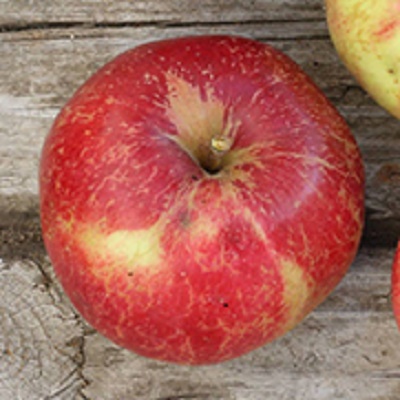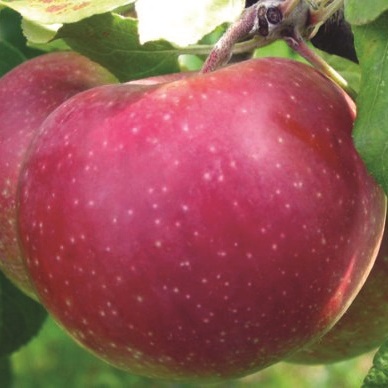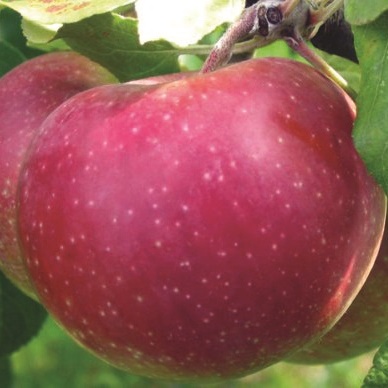Apple : YELLOW TRANSPARENT Semi-Dwarf (G969)
$53.95
Early settlers in Minnesota, Michigan and the Dakotas had difficulty finding apple trees that would survive the rigorous mid-west winters. So in the 1870s, the US Department of Agriculture imported numerous varieties from Russia. Among them was the Yellow Transparent which became a favourite for its high quality, scab-free and early ripening apples and of course, its winter hardiness. One of the earliest summer apples, Yellow Transparent has a pale yellow translucent skin. Its white flesh has a light texture and is very crisp and juicy and has a sweet/tart flavour. It is a popular choice for apple sauce and also makes great pies.
SEMI-FERTILE* | ZONE 2/3 | HARVEST: EARLY AUG
.
Only logged in customers who have purchased this product may leave a review.
Growing Tips
Besides selecting the most disease resistant varieties, there are
a few simple things to do to have better apples.
- Fertilize under the outer edges of your trees. There are no feeder roots next to the trunk. A well fed tree stays healthier. (Adequate calcium in the soil also helps so that apples keep longer.)
- Pick up fallen fruit and compost, dispose of, or feed to livestock (where possible).
- Rake up leaves in the fall and compost them away from the orchard.
- Prune trees to encourage light and air to reach the inside of the tree.
- Provide bird nesting sites near your orchard. A variety of orchard companion type plants will attract native pollinator insects and also encourage birds to come and eat insect pests.





Reviews
There are no reviews yet.